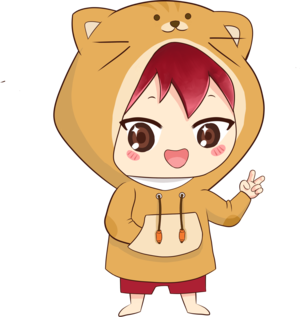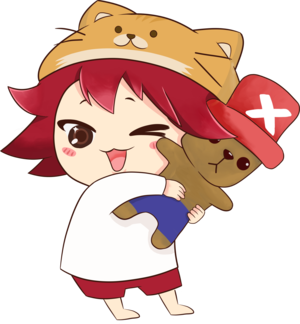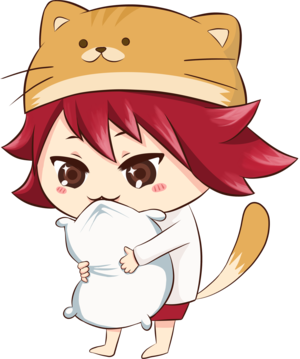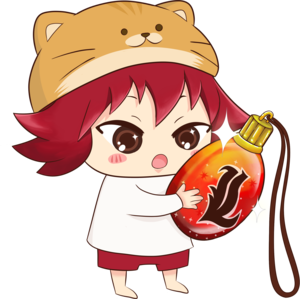The History of Anime Merchandise
It is pretty much a known fact that anime has captured the hearts of millions around the world with its different aspects. But the thing is, as the popularity of anime grew over the years, so did the demand for merchandise featuring beloved series and characters of the fans. Most of the fans started finding ways to show their love for anime, and then they found their way through merchandise. In this article, we will take a journey through the evolution of anime merchandise, exploring how it has changed over time and discovering the types of products that have become popular today.
The Very Early Days: Collectibles and Fan-Made Goods
Anime merchandise has its roots in the early days of Japanese animation. In the 1960s and 1970s, anime series like “Astro Boy” and “Gatchaman” began to gain popularity, and fans expressed their love for these shows through collectibles. It was simply because many companies had still not realized the potential the anime industry carried, so they did not officially launch anything. That is why items such as stickers, trading cards, and plastic model kits of characters became sought-after among dedicated fans. But these types of products were mostly released by the anime studios themselves and were not readily available to grab.
Because of the reason mentioned above, fan-made goods also emerged as a significant part of anime merchandise. Enthusiastic fans created their own doujinshi (self-published comics) and artbooks, showcasing their artistic talents and paying homage to their favorite anime series. These early forms of anime merchandise laid the groundwork for what was to come. The fan-made stuff also started to sell like hotcakes, and many people created a whole business through it. Some even auctioned their artwork to the fans, and some simply sold it for a fair price.
The Rise of Anime Merchandise: Toys, Apparel, and Home Media
This is where the world started getting the idea that anime is a billion-dollar industry that can be very beneficial if played the right way. In the 1980s and 1990s, the anime industry experienced a boom, both domestically in Japan and internationally. With the rise of iconic series like Dragon Ball, Sailor Moon, and Pokémon, the demand for anime merchandise skyrocketed. Toy companies began producing action figures, plush toys, and model kits based on popular characters, appealing to both children and adult collectors. There were companies from the US and Europe, too, that officially brought licensed products of such animes to sell anime-themed products to the fans legally.
Apparel also became a significant category in the world of anime merchandise. T-shirts, hoodies, and accessories featuring anime characters and iconic scenes allowed fans to display their love for their favorite series proudly. Simultaneously, the home video market played a crucial role in the growth of anime merchandise. VHS tapes and later DVDs provided fans with the opportunity to own and rewatch their favorite series, often accompanied by exclusive extras like art cards or booklets. Every popular anime had its own way of treating its fans with amenities when they bought VHS tapes or DVDs. So fans started to go crazy over the deals available to grab on their favorite anime shows.
The Current Era: Online Stores and Streaming Services
If we talk about the present and with the advent of the internet and the rise of online shopping, the landscape of anime merchandise underwent a significant transformation. Online stores dedicated to selling anime-related products emerged, making it easier for fans worldwide to access a vast array of items. From figures and clothing to posters and keychains, the variety of merchandise expanded, catering to the diverse tastes of anime enthusiasts. You can take the example of our online shop, OtakuStore, which can be considered a one-stop pit for every anime lover.
In parallel, the emergence of streaming services such as Crunchyroll and Netflix offered fans convenient access to a wide range of anime series. As a result, merchandise tied to specific shows gained popularity, with fans seeking items featuring their favorite characters or memorable moments from the series they enjoyed. Limited edition items and collaborations between anime franchises and popular brands also became highly sought after.
Rise Of Anime Merch: The Popular Items!
Now the question that pops up here is what kind of anime merchandise is popular today? Major retailers now stock their shelves with anime-themed clothing, accessories, and home decor because that is what has been in demand for the past few years. Fans are trying to be more and more like their favorite characters, and that is why they are going for cosplay costumes or other wearables that could give them a look at their favorite character. Collaborations between anime franchises and renowned fashion brands have also become prevalent, appealing to both anime enthusiasts and fashion-forward individuals. Not only that but in today’s world, anime enthusiasts organize comic cons and cosplay parties where you can indulge in the art of cosplaying and interact with like-minded people.
Furthermore, the rise of conventions and events centered around anime and pop culture has provided fans with even more opportunities to indulge in their passion for collecting merchandise. The fans do not just want to integrate anime into their looks; they also buy action figures, plush toys, covers, and such things that can easily be incorporated into their surroundings. This helps them create an anime-focused environment where they can always be close to what they love.
The Final Words
From its modest beginnings to a multi-billion dollar industry, the history of anime merchandise showcases the enduring popularity and cultural impact of anime. The industry started with such a low potential that no one even imagined that a few decades later, it would be one of the biggest entertainment industries out there. And the good thing is the anime merch will keep getting better with brands collaborating with the anime studios and bringing some cool merch for the fans.












Leave a comment